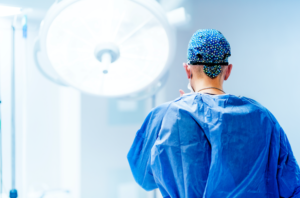 On the surface, varicose veins might seem like a vanity issue the truth is they are a cosmetic warning sign that something is medically wrong. All varicose veins should be monitored by a Vein Specialist when they begin to present. The sooner you can treat them, the less damage can be done.
On the surface, varicose veins might seem like a vanity issue the truth is they are a cosmetic warning sign that something is medically wrong. All varicose veins should be monitored by a Vein Specialist when they begin to present. The sooner you can treat them, the less damage can be done.
Left untreated varicose veins which are the visual presentation of chronic venous insufficiency (damage to the veins which lead to an inability to properly transport blood throughout the body’s circulatory system) will get worse over time and more pronounced. The once visual issue can lead to pain and discomfort.
Complications including skin ulcers, DVT (deep vein thrombosis blood clots), phlebitis, bleeding, dermatitis, itching, Restless Leg Syndrome, and wounds that may not heal may become issues if untreated.
Many avoid doing anything about their vein issues for fear of either pain or price. The truth is that vein treatment is virtually painless. We offer several different treatment options of which your physician will recommend one that is right for your case. There is almost no downtime and all are performed on an outpatient basis.
Insurance covers most procedures as varicose veins are a medical condition, not an elective treatment.
At The West Florida Vein Center of Tampa Bay | Safety Harbor we offer:
Microphlebectomy – Damaged veins are surgically removed through tiny punctures. The day of the procedure, your leg will be marked on the areas to be corrected. A local anesthetic “tumescent” is injected into the area surrounding your vein. Tiny incisions about 2-3mm each – are made and a crochet-type hook is to get ahold of the vein and remove it. This interrupts the blood flow and causes any remaining portion of the vein to clot and gets rid of the bulging diseased vein area.
Sclerotherapy – Sclerotherapy helps via injection through a very fine needle. The injectable solution causes the veins to shrink, close off and gradually dissolve. Each session lasts about15 minutes. Most tolerate the solution with no issues. Multiple sessions may be required. This will be decided after the initial consultation and evaluation.
The Venefit Procedure – Formerly known as the VNUS Closure™ procedure, for the treatment of varicose veins and CVI. This is a minimally invasive procedure of segmental ablation that utilizes radio frequency (RF) energy to provide an even and uniform heat to contract the collagen in the vein walls, causing them to collapse and seal. Once the diseased vein is closed, blood will re-route itself to other healthy veins.
Endovenous Ablation – This revolutionary new treatment for large varicose veins takes less than an hour and accomplishes the same outcome as surgical vein stripping. Using ultrasound guidance and local anesthesia, a thin laser fiber in a catheter is threaded up the vein. As the catheter is slowly withdrawn, the laser shrinks and seals the large vein that causes varicose veins in most patients. There is little or no visible scarring.
If you are in the Safety Harbor or Tampa Bay area of Florida we invite you to come in and see Dr. Zuzga of the West Florida Vein Center. www.westfloridaveincenter.com. Just give us a call to schedule your appointment today! (727) 712-3233.
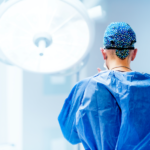
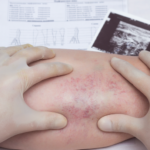
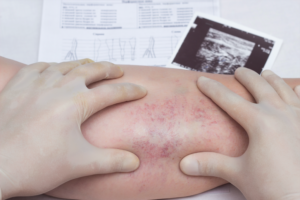 If you suspect you may have vein issues seeking medical attention as soon as possible is the best way to get your legs back to health.
If you suspect you may have vein issues seeking medical attention as soon as possible is the best way to get your legs back to health.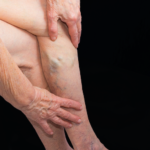
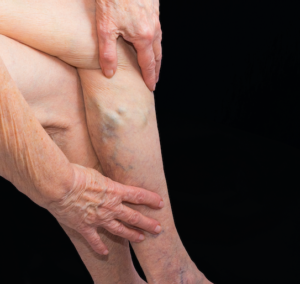 The first thing most people think as they notice their very first spider vein or varicose vein is “Oh no”. The once beautiful skin on their legs is now flawed (or perceived to be so).
The first thing most people think as they notice their very first spider vein or varicose vein is “Oh no”. The once beautiful skin on their legs is now flawed (or perceived to be so).